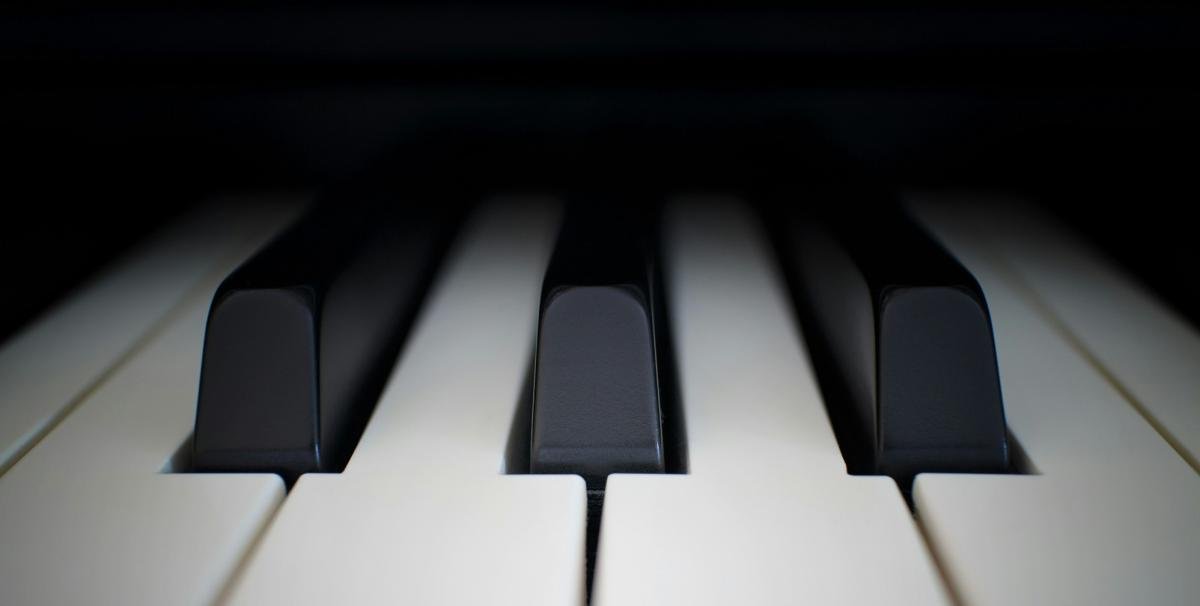Maintaining your digital piano keys is essential to ensure they stay responsive, clean, and in good condition. Over time, dirt, dust, and oils from your fingers can build up on the keys, affecting both their appearance and functionality. Regular cleaning not only keeps your piano looking pristine but also helps maintain its performance. In this guide, we’ll walk through the best methods for cleaning and maintaining your digital piano keys, ensuring they remain in top shape for years to come.
1. Why Regular Cleaning Is Important
Playing the piano frequently can cause natural wear and tear on the keys, but regular cleaning can mitigate these effects. Dirt, oils, and dust can accumulate on the surface, which not only dulls the appearance of the keys but can also cause them to become sticky or less responsive over time. By cleaning your piano keys regularly, you can extend the life of your instrument and ensure a more enjoyable playing experience.
2. What You’ll Need for Cleaning
Before you start cleaning, gather the right materials to avoid damaging your digital piano. Always use gentle, non-abrasive cleaning products, as harsh chemicals or rough materials can damage the keys or the finish on your piano.
Materials:
- Soft, lint-free cloth (microfiber is ideal)
- Distilled water
- Mild dish soap (optional)
- Cotton swabs (for detailed cleaning)
- Piano key cover or cloth (to prevent dust buildup when not in use)
3. Step-by-Step Guide to Cleaning Your Digital Piano Keys
Dry Dusting the Keys
The first step in maintaining your digital piano keys is regular dry dusting. Dusting your keys once a week can prevent dirt and grime from accumulating and keep your keys feeling smooth.
- Use a soft, dry microfiber cloth to gently wipe the surface of the keys. Work from back to front to avoid pushing dirt between the keys.
- Dust both the white and black keys, ensuring you reach all areas of the keyboard.
Cleaning with a Damp Cloth
For deeper cleaning, use a damp cloth to remove oils and dirt that accumulate from regular playing. Follow these steps to ensure proper cleaning without damaging your piano keys.
- Lightly dampen a soft, lint-free cloth with distilled water. If needed, you can add a drop of mild dish soap to the water for extra cleaning power, but avoid harsh chemicals.
- Wipe down each key individually, working from back to front. Be careful not to let any water seep between the keys, as this could damage the internal components of the piano.
- After cleaning with the damp cloth, immediately dry the keys with another soft, dry cloth to prevent any moisture from lingering on the surface.
Cleaning Between the Keys
Dirt and dust can sometimes get trapped between the keys. Use cotton swabs or a soft-bristled brush to clean these tight spaces without damaging the keys or the mechanism beneath them.
- Lightly dampen a cotton swab with distilled water.
- Carefully run the swab along the gaps between the keys to remove any debris.
- Be gentle to avoid applying pressure that could shift or damage the keys.
4. Avoiding Common Cleaning Mistakes
While cleaning your digital piano keys is important, there are a few common mistakes to avoid to ensure you don’t inadvertently cause damage to your instrument.
Avoid Harsh Chemicals
Never use abrasive cleaners, bleach, or alcohol-based products on your piano keys. These harsh chemicals can damage the surface of the keys, causing discoloration or deterioration over time. Stick to distilled water or a very mild soap solution for safe cleaning.
Don’t Use Excess Water
Excess water can seep into the gaps between the keys and damage the electronic components inside your digital piano. Always use a lightly dampened cloth and dry the keys thoroughly immediately after cleaning.
Skip Paper Towels or Rough Cloths
Using paper towels or rough cloths can scratch the surface of your keys, especially if you have polished or glossy keys. Always choose a soft, lint-free cloth like microfiber for cleaning.
5. Maintaining the Keys Over Time
In addition to regular cleaning, there are a few maintenance tips that can help keep your digital piano keys in excellent condition over time.
Use a Keyboard Cover
One of the easiest ways to protect your keys is by using a keyboard cover when your piano is not in use. A cover helps prevent dust and debris from settling on the keys, reducing the need for frequent cleaning.
Wash Your Hands Before Playing
Oils from your hands can build up on the keys over time, leading to stickiness and discoloration. To prevent this, wash your hands before playing to remove any dirt and oils. This simple habit will go a long way in maintaining the cleanliness of your keys.
Avoid Direct Sunlight
If your digital piano is placed in a room with direct sunlight, the UV rays can cause the keys to discolor or fade over time. If possible, position your piano away from windows or use blinds to protect it from sun exposure.
6. Dealing with Stains and Discoloration
Over time, even with regular cleaning, you may notice some discoloration or staining on your keys. This is especially common with white keys, which can yellow or dull with age.
Removing Light Stains
If you notice minor stains on your keys, use a cloth dampened with a mixture of distilled water and a drop of mild soap to gently scrub the stained area. Avoid scrubbing too hard, as this can damage the surface of the keys.
Tackling Yellowing Keys
Yellowing is a common issue with older digital pianos, particularly on white plastic keys. While it’s difficult to fully reverse this discoloration, using a dedicated plastic cleaner made for keyboards or piano keys can help reduce the yellowing effect. Be sure to test the cleaner on a small area first to ensure it doesn’t damage the finish.
Final Thoughts on Keeping Your Piano Keys in Top Shape
Regular cleaning and proper maintenance of your digital piano keys are essential for keeping your instrument in top condition. By using the right materials and techniques, and following a consistent cleaning routine, you can keep your piano looking great and playing smoothly for years to come. Taking care of your keys not only improves the visual appeal of your piano but also ensures a better playing experience.



